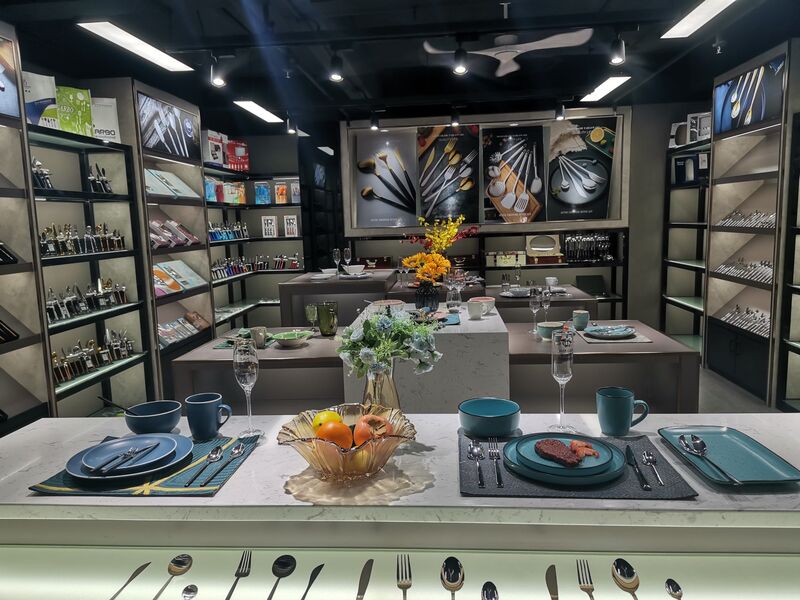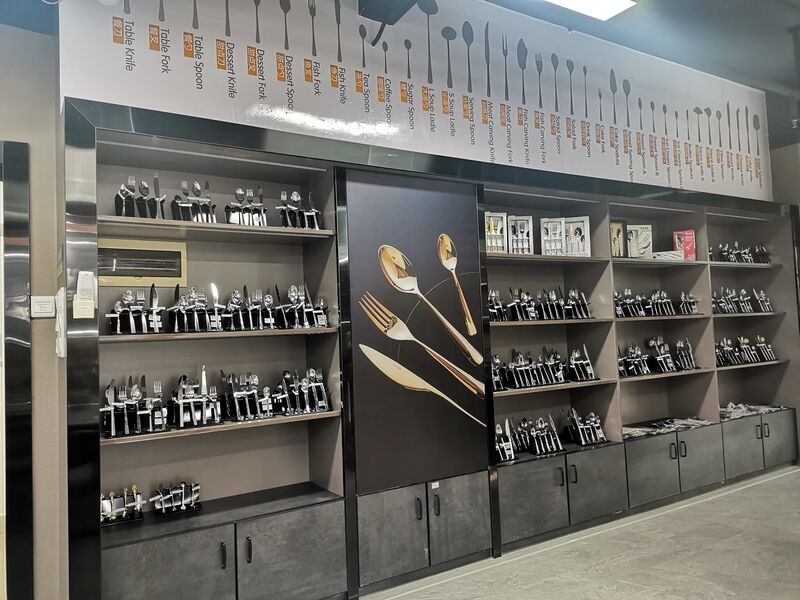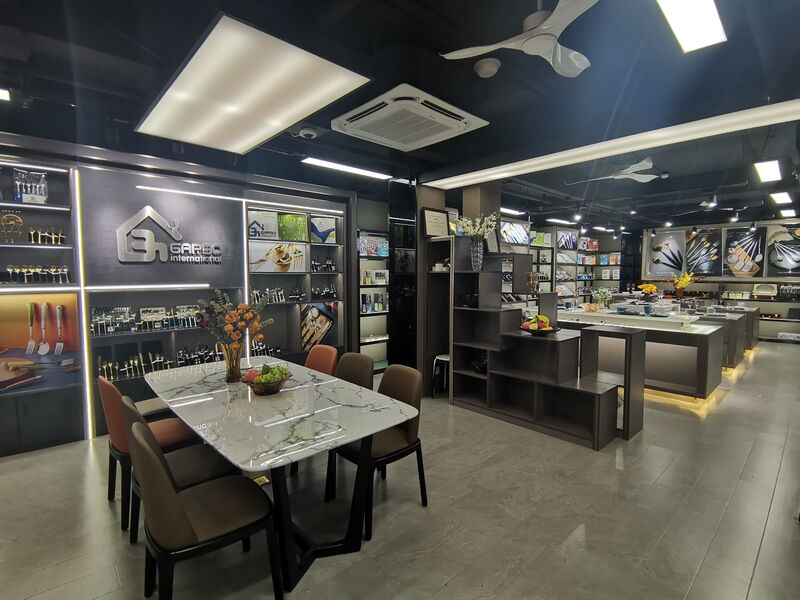Pulished on Apr. 03, 2023
Stainless steel flatware is a popular choice for households, restaurants, and hotels due to its durability and resistance to corrosion. However, not all stainless steel is created equal, and it can be difficult to distinguish between different grades of stainless steel, such as 304 and 201. Garbo company is one of the largest exporters of flatware in China, and as a consumer, it is important to know how to distinguish between the different grades of stainless steel that they offer.

What is stainless steel?
Before we dive into the differences between 304 and 201 stainless steel, let’s first define what stainless steel is. Stainless steel is a type of alloy that contains at least 10.5% chromium, which gives it its corrosion-resistant properties. Other metals, such as nickel, molybdenum, and titanium, may also be added to enhance its properties.
Stainless steel is categorized into different grades based on its composition, with the most common grades being 304 and 201. These grades differ in their chemical makeup, which affects their physical properties, such as their strength, hardness, and resistance to corrosion. Distinguishing between 304 and 201 stainless steel in flatware. When it comes to flatware, the main differences between 304 and 201 stainless steel lie in their appearance, weight, and durability.
Appearance:
One of the easiest ways to distinguish between 304 and 201 stainless steel in flatware is by their appearance. 304 stainless steel has a higher nickel content than 201 stainless steel, which gives it a brighter, more silver-like appearance. It also tends to have a smoother, more polished surface. 201 stainless steel, on the other hand, has a lower nickel content, which gives it a slightly darker, more matte appearance. It may also have more visible lines or marks on its surface, which can make it appear less polished.
Weight:
Another way to distinguish between 304 and 201 stainless steel in flatware is by their weight. 304 stainless steel is denser and heavier than 201 stainless steel, which means that flatware made from 304 stainless steel will typically weigh more than flatware made from 201 stainless steel.
Durability:
While both 304 and 201 stainless steel are corrosion-resistant, 304 stainless steel is generally considered to be more durable than 201 stainless steel. This is because 304 stainless steel has a higher chromium and nickel content, which makes it more resistant to rust and corrosion. Flatware made from 304 stainless steel will also be less likely to bend or break than flatware made from 201 stainless steel. This is because 304 stainless steel has a higher tensile strength, which means that it can withstand more stress and pressure without deforming or breaking.

How to check the quality of Garbo company’s stainless steel flatware?
If you are looking to purchase stainless steel flatware from Garbo company, there are a few things you can do to ensure that you are getting high-quality flatware made from 304 stainless steel.
First, check the weight of the flatware. As mentioned earlier, flatware made from 304 stainless steel will typically weigh more than flatware made from 201 stainless steel. If the flatware feels light or flimsy, it may not be made from 304 stainless steel.
Next, inspect the surface of the flatware. Flatware made from 304 stainless steel will have a smoother, more polished surface than flatware made from 201 stainless steel. If you notice any visible lines or marks on the surface of the flatware, it may not be made from 304 stainless steel.

Stainless steel flatware is a popular choice due to its durability and resistance to corrosion. However, it is important to understand the differences between the different grades of stainless steel, such as 304 and 201, in order to make an informed purchase.
When purchasing flatware from Garbo company, it is important to check the weight and surface of the flatware to ensure that it is made from high-quality 304 stainless steel. Flatware made from 304 stainless steel will be denser and heavier, with a smoother, more polished surface. By understanding the differences between 304 and 201 stainless steel in flatware, consumers can make informed choices and select high-quality flatware that will last for years to come.